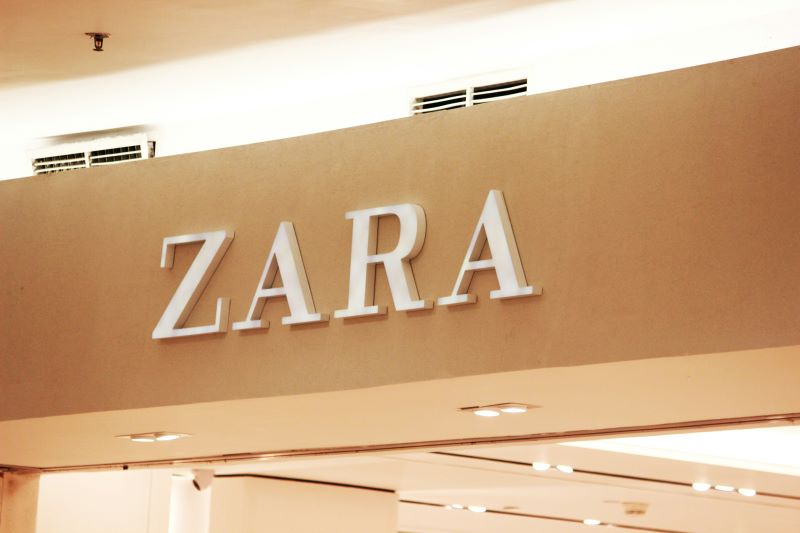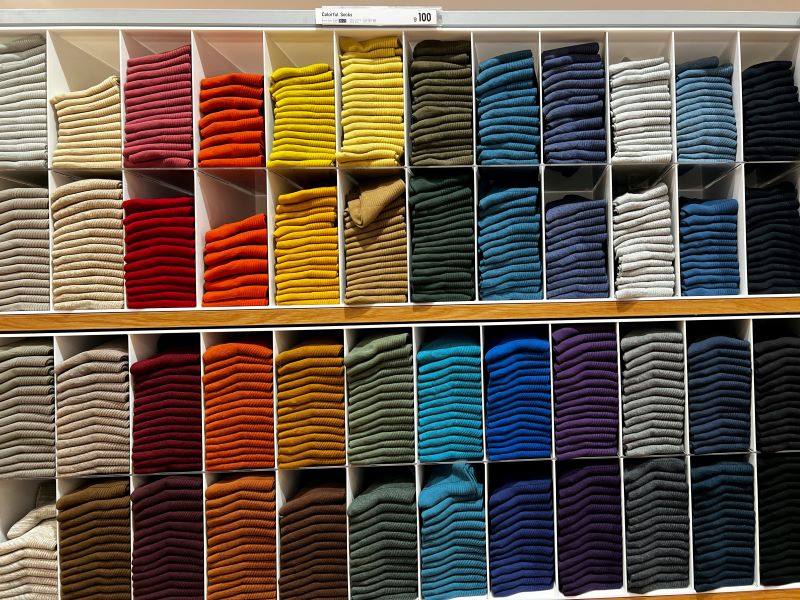In the fashion industry, efficient inventory management is crucial for success. From tracking raw materials to managing finished goods, having accurate and timely information is key.
This is where barcodes come into play. Barcodes offer an efficient way to track and manage inventory, ensuring that fashion businesses can operate smoothly and meet customer demands.
This article will explore the various benefits of using barcodes in the fashion industry, the types of barcodes, and how to implement a barcode system effectively.
What is a barcode inventory system for fashion?
A barcode inventory system for fashion is a method of managing and tracking inventory using barcodes to encode information about products.
Each item, from raw materials to finished goods, is assigned a unique barcode that stores essential data such as item type, quantity, and location.
By scanning these barcodes with specialized readers, fashion businesses can quickly and accurately capture inventory data, streamline operations, and maintain up-to-date records, ultimately improving efficiency and reducing errors in inventory management.
Common Types of Barcodes in the Fashion Industry
1D Barcodes (Linear Barcodes):
UPC (Universal Product Code): Commonly used in retail for tracking consumer goods.
EAN (European Article Number): Similar to UPC but used internationally.
Code 39 and Code 128: Often used in warehouses and for internal tracking.
2D Barcodes:
QR Codes: These can store more information and are used for various purposes, including tracking inventory and marketing.
Data Matrix: Commonly used for small items due to its compact size.
The Role of Barcode Inventory System
Tracking Raw Materials
Barcodes help in tracking raw materials from suppliers to warehouses, ensuring that all materials are accounted for and properly stored. This tracking is vital for maintaining quality and compliance.
Work-In-Process (WIP) Inventory
During the production process, barcodes provide real-time data on the status of materials. This helps in monitoring the flow of materials and identifying any bottlenecks in production.
Finished Goods Inventory
Barcodes are essential for managing finished products ready for sale. By scanning barcodes, businesses can maintain accurate stock levels and avoid issues like overstock or stockouts.
Benefits of Barcode Systems in Fashion
Increased Accuracy and Efficiency
Barcodes reduce manual data entry errors, leading to more accurate inventory records. This increased accuracy translates into faster inventory counts and better stock management.
Real-Time Barcode Inventory Management
With barcodes, businesses can get real-time updates on stock levels and production status. This real-time data is crucial for making informed decisions and enhancing overall efficiency.
Cost Savings and ROI
Implementing barcode systems can lead to significant cost savings by reducing labor costs and increasing productivity.
Implementing a Barcode System in Fashion
Steps to Implement a Barcode System
1. Assess Business Needs:
Evaluate your inventory management requirements and select a barcode solution that fits your business needs.
2. Create and Configure Barcode Labels:
Design labels that include all necessary information and ensure they are configured correctly for your barcode scanners.
3. Integrate Barcode Scanners with Inventory Systems:
Ensure that barcode scanners are compatible with your existing inventory management systems.
Case Studies and Examples
In the textile industry, companies such as Zara have effectively utilized barcode systems to manage their inventory.

Zara uses barcodes to track raw materials from suppliers to their production facilities, ensuring that they have accurate information about their inventory at all times.
This system helps them reduce waste and ensure that they have the materials needed to meet production schedules.
In the fashion retail sector, Uniqlo has implemented barcode systems to enhance its inventory management. By using barcodes, Uniqlo can maintain accurate stock levels, which helps prevent stockouts and overstock situations.
This inventory tracking system allows Uniqlo to make informed decisions about restocking and inventory management, ensuring that popular items are always available for customers.

All in all, using barcodes in the fashion industry offers numerous benefits, including increased accuracy, real-time inventory management, and cost savings.
By implementing a barcode system, fashion businesses can streamline their operations and improve overall efficiency. To get started, try our free barcode generator!




